What Year Ford Truck Beds Interchange :
Understanding which Ford truck beds can interchange is helpful when fixing or upgrading your vehicle. Ford F-Series trucks, including the F-150 and Super Duty models, are known for their durable and versatile designs. However, truck bed compatibility depends on the year, model, and specific features like frame size and mounting points. This guide will explain the years and models where truck beds can be swapped, helping you make the right choice for your project, whether it’s for repairs, customizations, or simple replacements.
Ford truck beds can interchange depending on the model and year. For F-150 trucks, beds often swap between 1997–2003, 2004–2008, and 2009–2014 models. For Super Duty models like F-250 and F-350, beds from 1999–2016 often fit well. Always check dimensions, mounting points, and connections for a proper fit.
In this article we will discuss “What Year Ford Truck Beds Interchange”.
Table of Contents
Why Truck Bed Interchangeability Matters
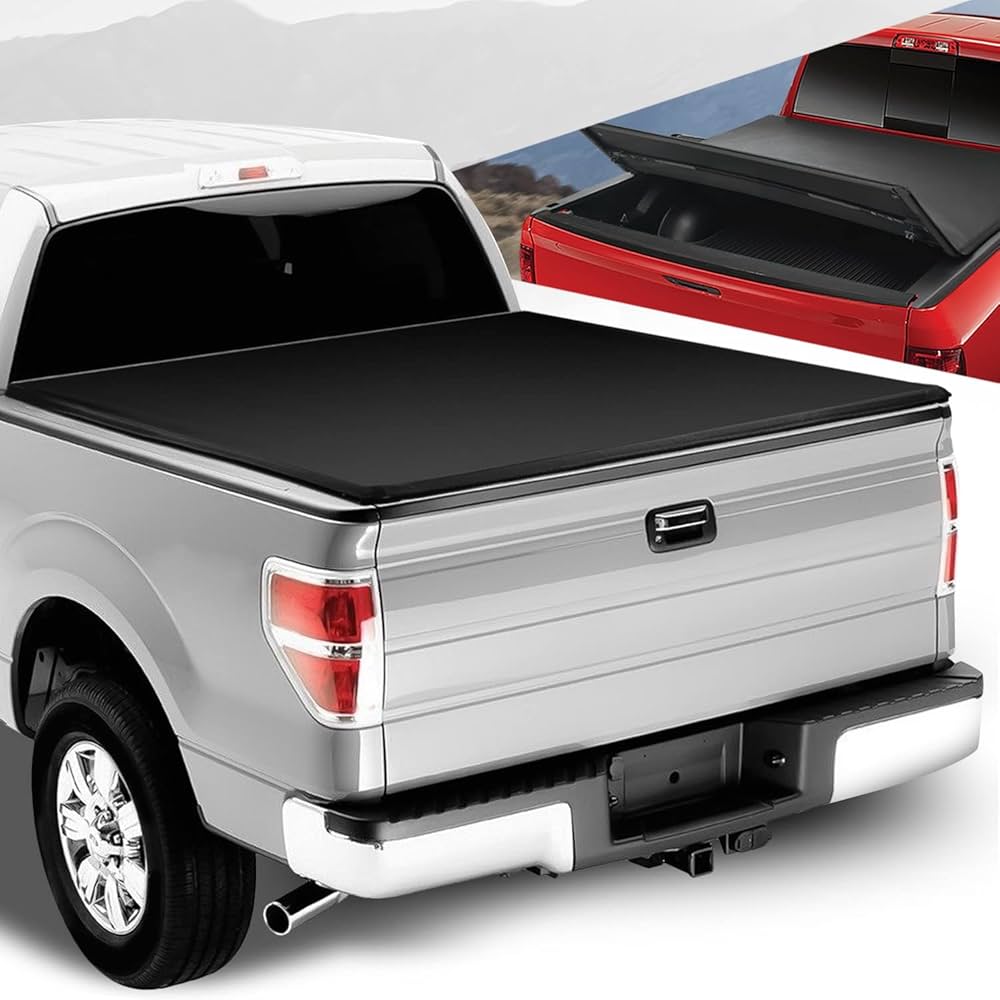
Truck bed interchangeability is important because it helps save time and money. If a truck bed is damaged or you want to customize your vehicle, swapping it with a compatible one is a practical solution. It allows you to repair, upgrade, or improve your truck’s functionality without buying a new vehicle.
Common Scenarios for Truck Bed Swaps
Common scenarios for truck bed swaps include damage from accidents, rust, or wear and tear. Many owners swap beds to upgrade their truck’s look or add modern features. Others change beds for more utility, like adding a flatbed for work use. Swapping is also common in restorations to keep an older truck functional.
Also read: Ford Focus Rattling Noise When Accelerating
Understanding Ford Truck Models and Generations
Ford F-Series Overview
The Ford F-Series is a popular line of trucks known for strength and reliability. It includes models like the F-150, F-250, and F-350, built for both work and everyday use. Since its launch in 1948, the F-Series has become a top choice for truck buyers, offering a mix of power, style, and utility.
Key Model Generations
Key model generations of Ford trucks include major updates in design and features. For example, the 1997–2003 F-150 introduced a modern, rounded look. The 2004–2008 models improved safety and technology, while the 2009–2014 models focused on fuel efficiency and strength. Each generation builds on the last, offering better performance and options for drivers.
Compatibility Across Generations
Factors Influencing Compatibility
Factors influencing truck bed compatibility include the frame size, mounting points, and bed dimensions. Electrical systems, such as lights and sensors, must match for proper functioning. Fuel filler location and connections are also important. Additionally, the style and features of the bed, like tailgate design, can affect how well it fits with a specific truck model and year.
Frame Dimensions
Frame dimensions are the size and shape of a truck’s chassis, which determine whether a truck bed will fit properly. The length, width, and placement of mounting points on the frame must match the bed. Differences in frame dimensions between models or years can make some truck beds incompatible, so accurate measurements are essential.
Mounting Points
Mounting points are specific spots on a truck’s frame where the bed is attached. They must align correctly with the bed’s mounting holes for a secure fit. If mounting points differ between models or years, adjustments or modifications may be needed to ensure the bed fits properly and stays stable.
Electrical and Fuel Systems
Electrical and fuel systems include wiring for lights, sensors, and connections for the fuel tank. These systems must match between the truck and the bed for proper functionality. Differences in wiring or fuel filler locations can cause compatibility issues, requiring adjustments to ensure everything works correctly after a truck bed swap.
Popular Interchangeable Years
Popular interchangeable years for Ford truck beds depend on the model. For the F-150, beds from 1997–2003, 2004–2008, and 2009–2014 are often compatible within their groups. For Super Duty models like the F-250 and F-350, beds from 1999–2016 typically fit well. Always check for matching dimensions and connections.
Ford F-150 Bed Interchange Guide
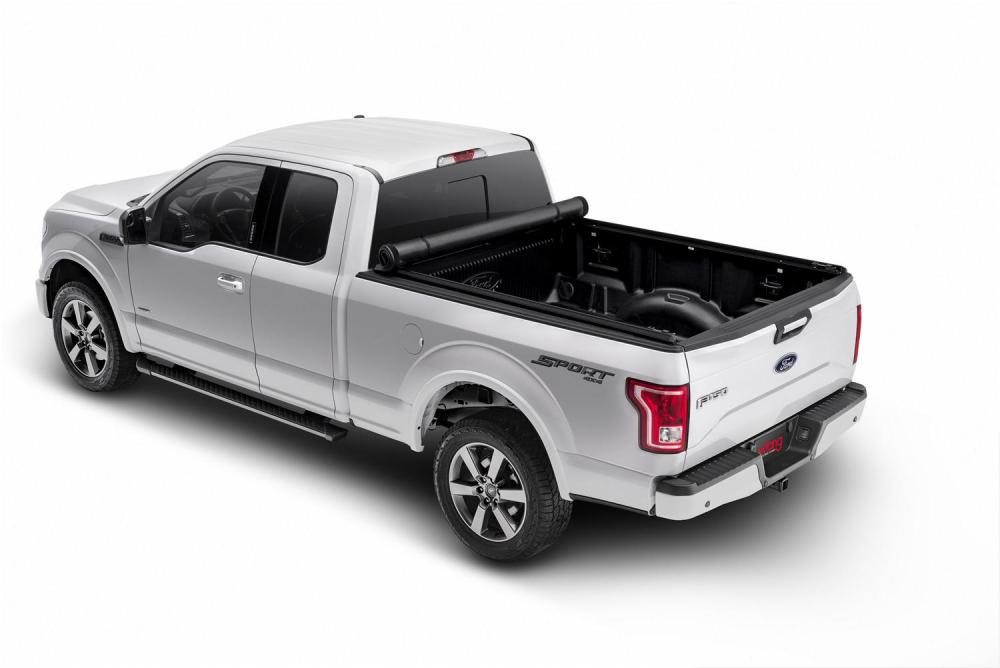
Specific Year Matches
Specific year matches for Ford truck beds depend on the model. For F-150 trucks, 1997–2003, 2004–2008, and 2009–2014 models often have interchangeable beds within their respective ranges. For Super Duty trucks like F-250 and F-350, beds from 1999–2016 are commonly compatible. Always confirm dimensions and mounting points before swapping.
Also read: How Long Does It Take Ford to Build a Bronco?
1997–2003 Models
The 1997–2003 Ford F-150 models share similar truck bed designs, making their beds interchangeable. These models introduced a rounded, modern style. Beds from this range often fit without major adjustments, as long as the frame dimensions and mounting points match. Always check wiring and fuel connections for compatibility.
2004–2008 Models
The “2004–2008 models” refer to vehicles or products made between 2004 and 2008. These years saw the release of various cars, electronics, and other items with unique designs and features. Many products from this time are still popular for their quality, performance, and style.
2009–2014 Models
The “2009–2014 models” refer to products or vehicles made between 2009 and 2014. These years brought new designs, features, and technology improvements. Many cars, gadgets, and other items from this period became known for better efficiency, modern style, and improved performance compared to earlier models.
Ford Super Duty Bed Interchange Guide
Interchangeable Years for F-250 and F-350
The F-250 and F-350 trucks have many parts that can be used across different years. Some model years share similar engines, transmissions, and other components, making it easier to swap parts between them. However, it’s important to check specific details for each year to ensure compatibility. Generally, parts from trucks built around the same time can be interchangeable, but variations may exist depending on the model and specific features.
1999–2016 Models
The 1999–2016 models include a wide range of vehicles and products, such as cars, trucks, and electronics. These years saw many improvements in design, technology, and performance. Some models introduced new features like better fuel efficiency and safety systems. Many products from this period remain popular due to their reliability, modern look, and solid performance in various fields.
2017 and Beyond
“2017 and Beyond” refers to products and vehicles made after 2017. These models often feature the latest technology, improved safety features, and more energy-efficient designs. Many have upgraded features like advanced driver assistance systems, better connectivity, and higher performance, making them popular choices for consumers looking for modern innovations.
Steps to Ensure a Successful Bed Swap
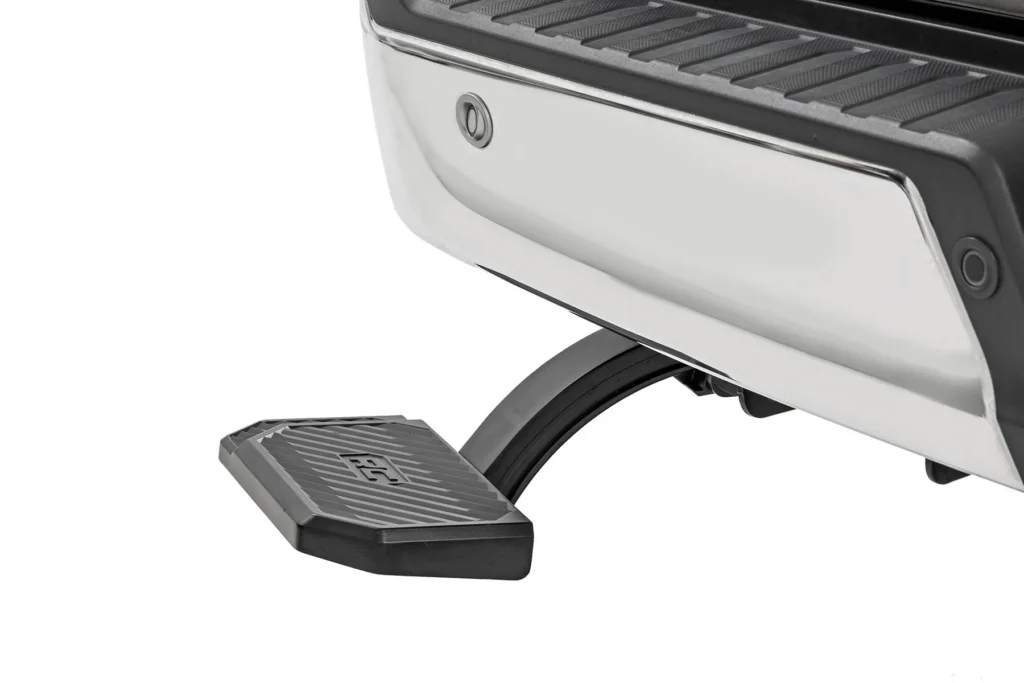
Checking Mounting Compatibility
“Checking mounting compatibility” means ensuring that parts or items can be properly fixed or installed together. For example, when installing a new part in a car or equipment, it’s important to check if the mounting holes, brackets, and sizes match. This helps avoid problems and ensures everything fits securely and works correctly. It’s a key step to make sure all components are compatible before starting the installation process.
Also read: 2023 Ford Mustang Order Guide Ultimate Guide .
Testing Electrical and Fuel Connections
“Testing electrical and fuel connections” involves checking if the wires and fuel lines are properly connected and working. For electrical connections, you check if power flows correctly to parts like lights or motors. For fuel connections, you ensure the lines are secure and there are no leaks. Testing these connections helps prevent problems, such as power failures or engine issues, and ensures the vehicle or equipment runs smoothly and safely.
Pros and Cons of Interchanging Truck Beds
Benefits of Swapping
“Benefits of swapping” refers to the advantages of exchanging parts or items. Swapping can save money by using available, compatible parts instead of buying new ones. It also allows you to upgrade or replace old parts with better versions, improving performance. Additionally, swapping helps reduce waste by reusing parts, making it an eco-friendly option. It’s a practical way to maintain or improve equipment, vehicles, or other items without spending too much.
Challenges You Might Face
“Challenges you might face” include difficulties such as parts not fitting correctly, compatibility issues, or technical problems. There may also be time and effort involved in finding the right items or fixing the problem. Sometimes, you may not have the right tools or knowledge to complete the task. In some cases, cost can be an issue if repairs or replacements are expensive. Overcoming these challenges requires patience, research, and careful planning to ensure a successful outcome.
Conclusion
In conclusion, swapping a Ford truck bed can be a practical solution for repairs, upgrades, or customization. Knowing which truck beds are compatible based on year and model can save time and money. Always make sure to check the frame size, mounting points, and electrical connections before swapping. With the right knowledge, you can easily find a suitable bed for your Ford truck and improve its performance and appearance without the need for a new vehicle. This process can also help reduce waste and provide cost-effective solutions.
FAQs
Which Ford truck beds are interchangeable?
Ford truck beds from similar model years are interchangeable. For F-150, beds from 1997–2003, 2004–2008, and 2009–2014 are often compatible. For F-250 and F-350, beds from 1999–2016 usually fit.
What should I check before swapping a truck bed?
Before swapping a truck bed, check the frame dimensions, mounting points, and compatibility of electrical and fuel connections. Make sure the bed fits securely and all connections are properly aligned.
What are common reasons for swapping truck beds?
Common reasons for swapping truck beds include damage, rust, wear, or wanting to upgrade the look. Some people also swap beds for better utility, like adding a flatbed for work use.
What are the benefits of swapping a truck bed?
Swapping a truck bed can save money, improve functionality, and allow for upgrades. It also helps reduce waste by reusing parts and avoids the cost of buying a completely new vehicle.
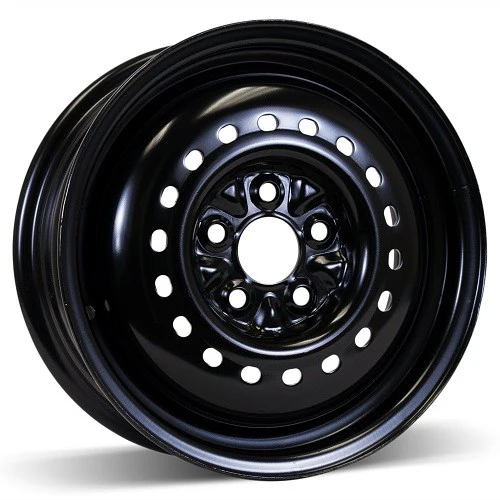

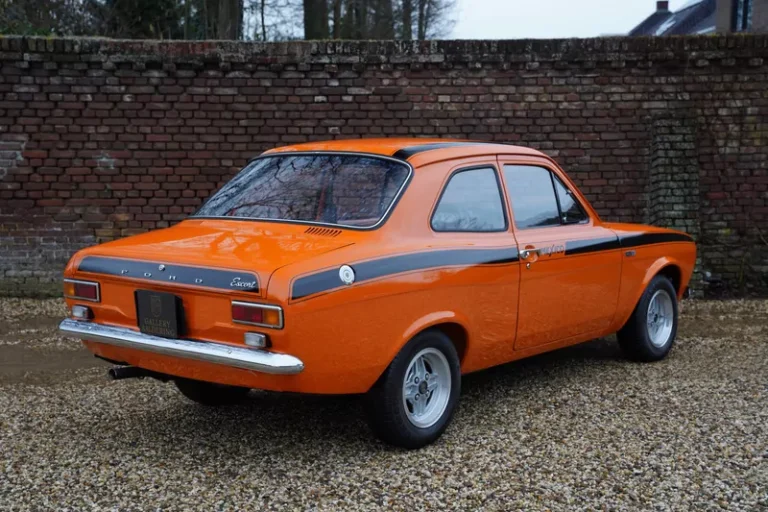
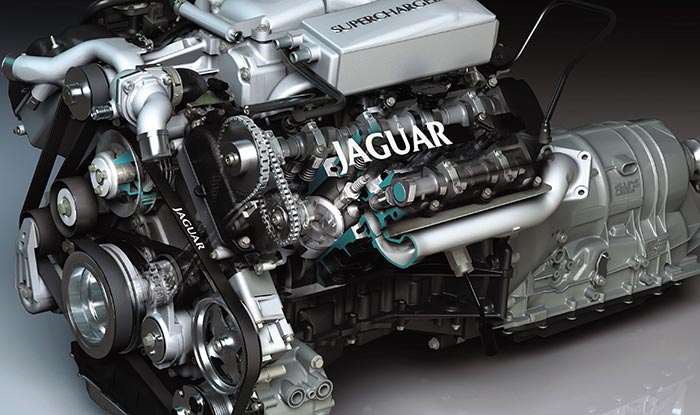
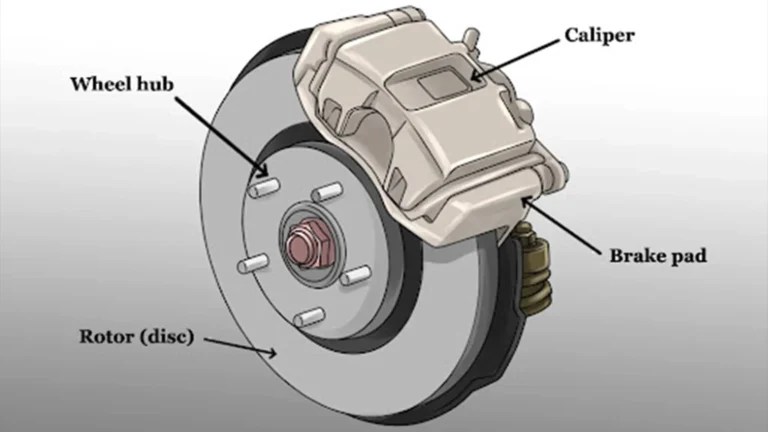

One Comment